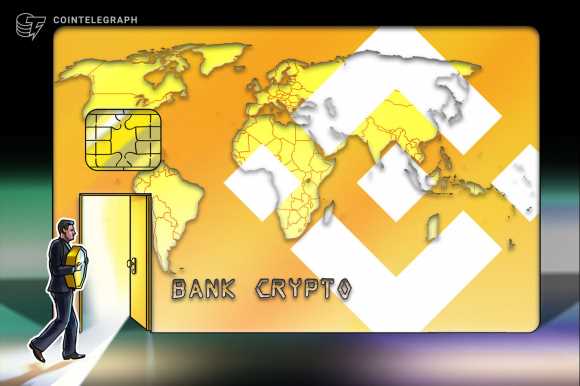Global crypto exchange Binance has launched a crypto card that allows refugees from Ukraine to make crypto transactions and receive funds through the Binance Visa Card.
Binance announced that it’s working with several entities, including European banking-as-a-service platform Contis and nonprofit organizations Rotary and Palianytsia, providing refugees affected by the Ukrainian conflict a way to send and receive funds and make purchases within the European Economic Area (EEA).
Apart from access to crypto transactions, recipients of the card who are verified by their local non-profit organizations will receive financial support from Binance in the form of Binance USD (BUSD). These users will get 75 BUSD per month for three months, the donation amount recommended by the United Nations High Commissioner for Refugees (UNHCR).
Helen Hai, Head of Binance Charity, told Cointelegraph that because the card is not a “commercial product,” its main objective is to provide a functional payment instrument to receive and spend donations. Hai explained that this is an important way that the world can see how crypto can play a role in society.
“The whole world is able to observe the important role which cryptocurrency plays, and how it transforms our reality. It is cryptocurrency that plays a key role in raising vital funds and providing much-needed humanitarian assistance to Ukraine.”
Hai also noted that this is a good example of how crypto can be used not only as a means of transaction but also as a means of payment. Hai believes that crypto is a tool that has “no boundaries, restrictions, does not require documents and other complex and lengthy bureaucratic procedures, and is capable of producing results here and now.”
Related: Amid conflict, NFT projects already seek to rebuild Ukraine
Earlier in April, Vitalik Buterin donated $5 million in Ether (ETH) for Ukrainian aid. The Ethereum founder did not post any public announcements as he made the donations. However, it was detected two days later and received attention on social media.
Source: Read Full Article
